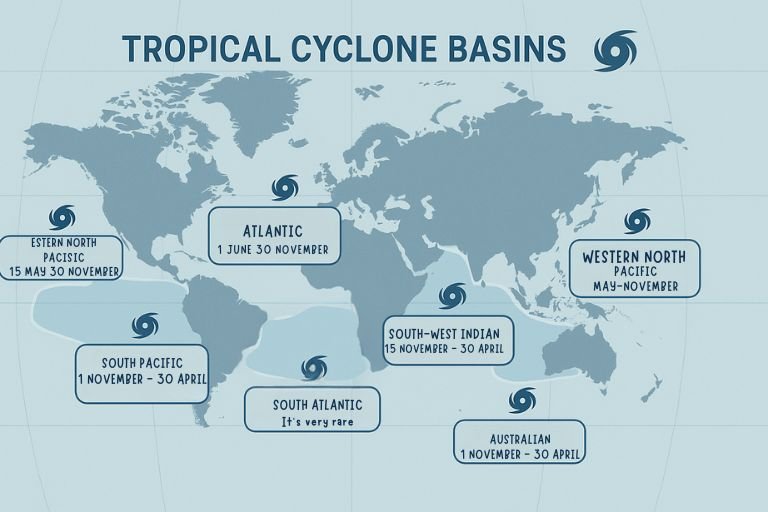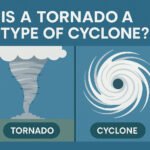You’ve probably noticed: storms don’t really care about calendars. But each region on Earth does have a general season when cyclones, hurricanes, or typhoons typically ramp up, peak, and fade away. Knowing these timeframes is your first step toward staying safe—and staying sane—when clouds begin to spin.
Let’s keep it clear, casual, and human. No scary jargon, just useful info, a few real-world tips, and a sprinkle of friendly advice.
In the Atlantic—including the Caribbean and Gulf of Mexico—the season runs from June 1 to November 30. The real action usually kicks off in August, peaks around September, then quiets by late November. Warm ocean temps and atmospheric patterns often dictate whether you’ll need extra plywood or if it’ll stay just another summer thunderstorm.
Head west to the Pacific coast of Mexico, and the Eastern Pacific’s hurricane season officially starts a bit earlier, from May 15 to November 30. Late June to early October is usually busiest, with storms spinning offshore but occasionally touching land, affecting vacation plans or triggering surf alerts.
If Hawai’i is your home or holiday spot, the Central Pacific has its own season, June 1 through November 30, with most action between July and September. Hawaiians know it only takes one storm to spoil paradise, so early warnings are gold.
Swing further west, and you hit the Western North Pacific—known famously for its powerful typhoons. Technically, typhoons can form all year round here, but the main season runs from May through November, with July to October seeing the strongest storms. Countries like the Philippines, Japan, and Taiwan keep their weather apps on constant refresh during these months.
The North Indian Ocean is a bit special, with two distinct storm peaks rather than just one continuous season: storms typically flare up from April to June and again from October to November, hitting areas like Bangladesh, India, and sometimes Sri Lanka twice a year. It’s crucial that communities stay alert around these times, as storms can rapidly intensify.
In the Southern Hemisphere, the South-West Indian Ocean’s cyclone season is November 15 through April 30, stretching into May for islands like Mauritius and Seychelles. January to March often sees the highest activity—when islanders stock up on supplies, generators hum, and beaches get quiet.
Australia’s cyclone season follows a similar pattern (November 1 to April 30), with storms frequently making headlines from December to March. Western Australia takes the most hits, while Queensland’s Coral Sea storms often drift east into the South Pacific, causing concerns for Fiji, Vanuatu, and Samoa.
The South Pacific mirrors Australia’s dates (November 1 to April 30), with peak activity typically between January and March. Islanders have learned: cyclone prep isn’t seasonal—it’s year-round life.
Finally, the South Atlantic doesn’t have an official cyclone season, because it’s rare for storms to form there. Still, the unusual Hurricane Catarina (2004) taught Brazilians never to fully dismiss their southern ocean.
So what’s your takeaway?
Storms follow general patterns—but always leave room for surprises. Mark your calendars, sure, but also stay tuned to real-time updates. Preparation isn’t paranoia; it’s peace of mind.
A quick, human tip: always have an emergency kit, know your evacuation routes, and follow local warnings. Most importantly, don’t panic: knowledge turns storms from scary headlines into manageable events.
Stay storm-aware, stay safe, and keep watching CycloneRadar—we’re here to guide you through every season.


